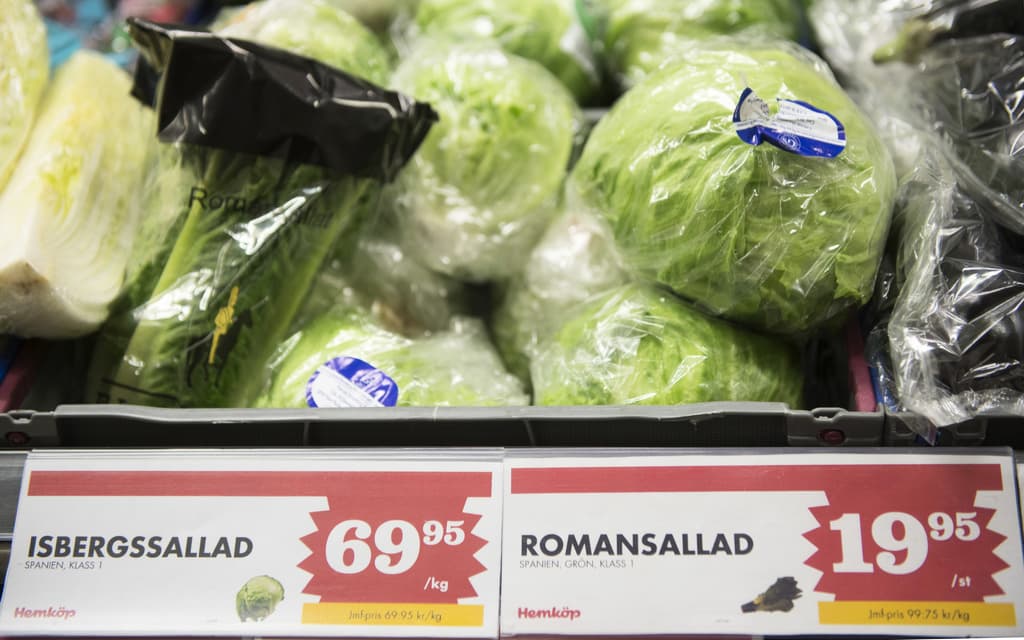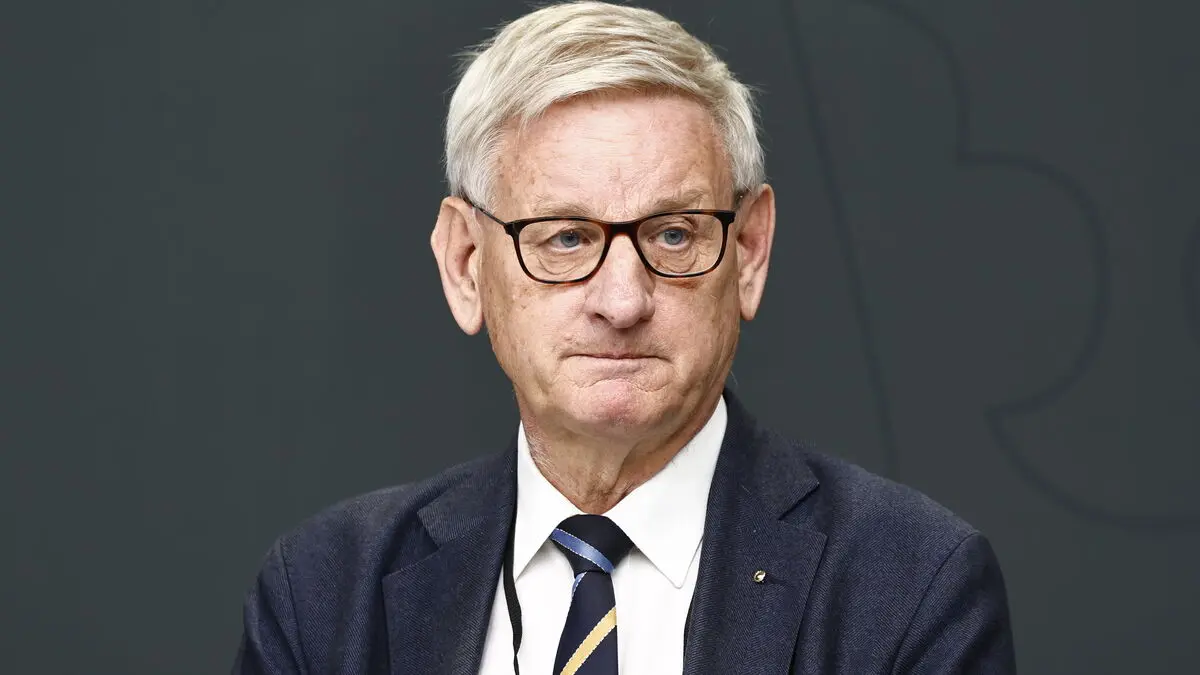The upward pressure on consumer prices has decreased. For June, a significant fall in Swedish inflation is expected to be reported by Statistics Sweden (SCB).
The KPIF inflation rate is likely to drop significantly below the Swedish Central Bank's target – for the first time in almost three years.
We expect a decline in hotel prices, says SEB strategist Amanda Sundström.
However, inflation is also expected to be weak in terms of other service prices, which rose sharply across the board last year.
This is called base effects, when inflation falls due to the comparison figures from one year ago deviating more than usual. In short: prices are still rising, but at a much slower rate than last year.
Below target for a while
We see many signs from different directions that inflation will continue to fall. But the decline now, that it becomes so large, is base effects more than anything else, says SEB strategist Amanda Sundström.
But we still believe that inflation according to the KPIF measure will remain below target for a while, she adds.
In principle, Sundström shares the picture presented by the Ministry of Finance and the Swedish Central Bank – that the inflation shock that culminated in 2022–2023 may now be largely over.
Our picture is absolutely in that direction. We are moving towards an inflation rate that is – if not near the target, then below it. That would suggest that we have defeated inflation, says Sundström.
Then the interest rate cut is loose
She does not believe in a return to the era of persistent inflation far below the target of 2.0 percent, as it was before the pandemic year 2020. This despite the same underlying structural problems still existing. We still have an aging population, which changes our patterns of saving and consumption.
There are reasons to believe that inflation will be too low rather than too high in the future, says Sundström.
Other trends – such as geopolitical disruptions and companies' regionalization within global production chains – are expected to maintain price pressure in world trade. Additionally, the inflation shock and the ongoing problems with a weaker krona may have changed how higher import prices affect the Swedish economy.
If inflation surprises on the upside and clearly exceeds the Swedish Central Bank's forecast – as it did as recently as in May – it could have monetary policy consequences, according to Sundström.
If we get another such figure, I think the interest rate cut in August is loose, she says.
Joakim Goksör/TT
Facts: Inflation below target – for the first time since 2021
TT
The average forecast among analysts is an inflation rate of 2.9 percent in June, down from 3.7 percent in May, according to a compilation by Bloomberg. For the so-called KPIF inflation, where the effects of mortgage rates have been excluded, a drop to 1.6 percent is expected, down from 2.3 percent.
This would be the first time since July 2021 that inflation (KPIF) has been below the Swedish Central Bank's target of 2.0 percent. And the level can be compared to the KPIF inflation rate of 10.2 percent when the inflation shock culminated in December 2022.
The underlying inflation rate – where energy prices have been excluded from the KPIF figure – is expected to fall to 2.5 percent in June, down from 3.0 percent in May.
The Swedish Central Bank made a series of rapid interest rate hikes during the inflation shock in 2022–2023, with the highest rate reaching 4.0 percent. In May this year, the interest rate was lowered for the first time in eight years, to 3.75 percent.
In its latest interest rate path – the Swedish Central Bank's own forecast for the interest rate going forward – the Swedish Central Bank's board of directors expects to be able to continue lowering the interest rate 2–3 times before the end of the year. The probability in market pricing right now points to an interest rate cut in the interest rate decision on August 20.
The interest rate determines, among other things, the interest rates on housing loans with variable interest rates, the most common loan term on the Swedish mortgage market. If mortgage rates follow the interest rate down by 0.75 percentage points, the interest cost for a mortgage of three million kronor would decrease by 22,500 kronor per year or 1,875 kronor per month, disregarding the effects of interest deductions.






